
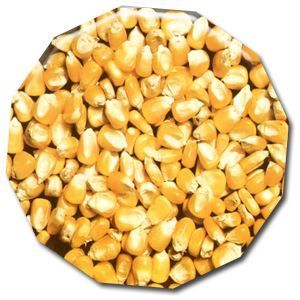
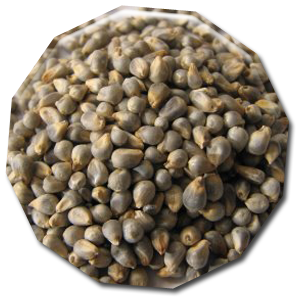
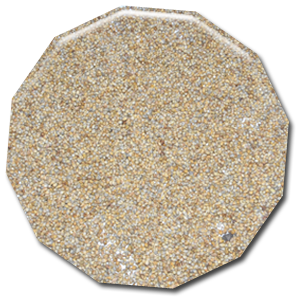
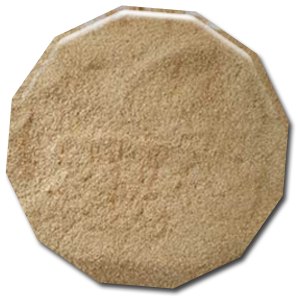
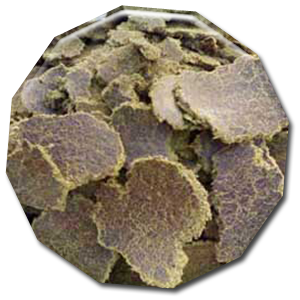
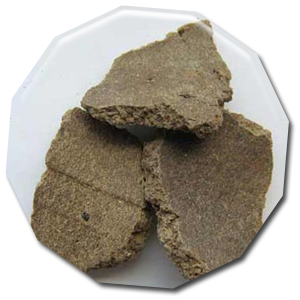
| Cereal grains | Vegetable protein | Milling by products | Animal fat | Vegetable fat |
|---|---|---|---|---|
| Maize | Groundnut oil cake | De oiled Rice bran | Lard | Corn oil |
| Bajra | Soybean meal | Wheat bran | Tallow | Groundnut oil |
| Sorghum | Sunflower oil cake | Rice Polish | Sunflower oil | |
| Broken Rice | Cotton seed meal | Molasses | ||
| Oats | Coconut meal | |||
| Barley | Linseed meal | |||
| Wheat | Mustard cake | |||
| Sesame seed meal |
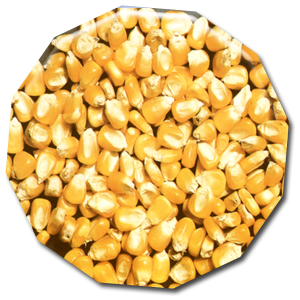

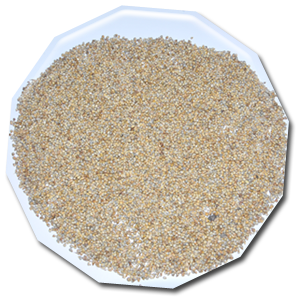
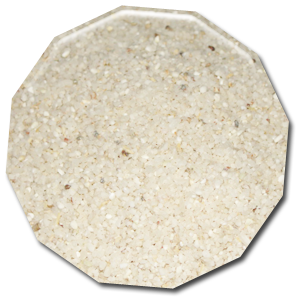
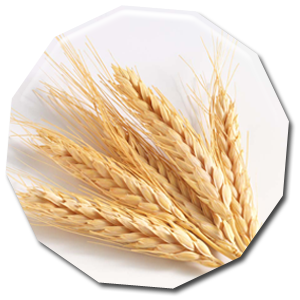
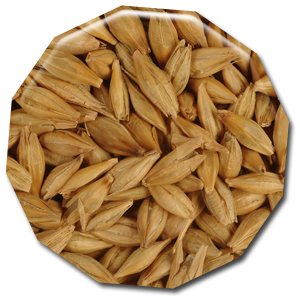
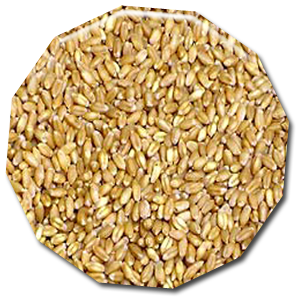
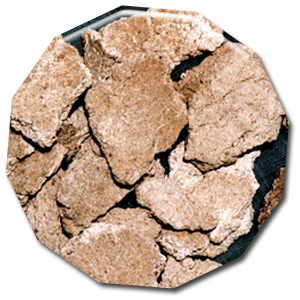
Aflatoxin affection
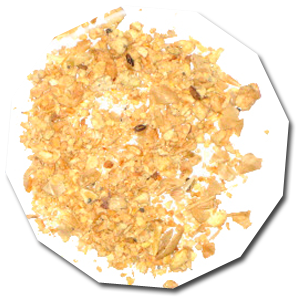
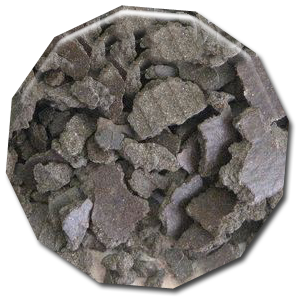

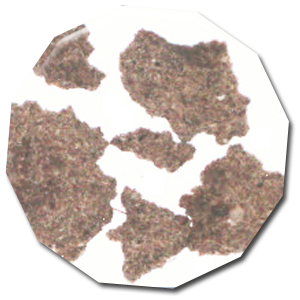
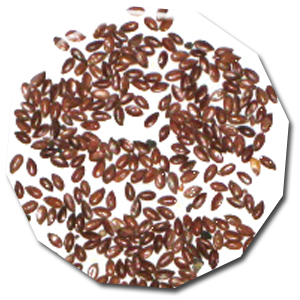

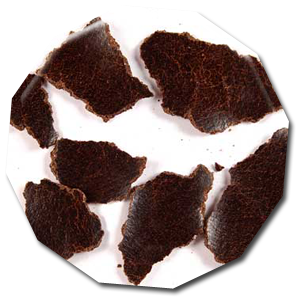

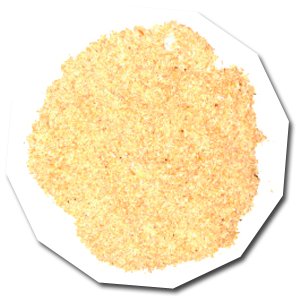
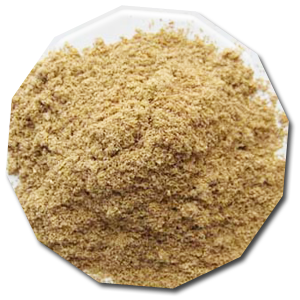
| Stage of lactation | Quantity of green grass to be give (kg) for animal weighing | Concentrate ( kg) | ||
|---|---|---|---|---|
250 kg |
300 kg |
350 kg |
||
| Dry cow | 25 | 30 | 35 |
|
| Milch cow | 25 | 30 | 35 |
|
| Period | Concentrate allowance |
Last 2 weeks before calving |
Starting from 500g, increase 300 - 400g daily until the cow is eating 500 – 1000g per 100kg body weight. |
First 2 weeks of lactation |
Increase 500g per day to free choice level. |
Second week to peak yield (test day) |
Free choice |
From test day onwards |
According to production as per thumb rules. E.g. 1Kg for every 21/2 kg milk produced |
Remaining lactation |
Concentrate adjusted to monthly test of milk Production |
All periods |
Green fodder and dry fodder given adequately |
| Major minerals | Micro minerals | Vitamins |
|---|---|---|
| Calcium | Iron | Vitamin A |
| Phosphorus | Copper | Vitamin D |
| Magnesium | Zinc | Vitamin E |
| Sodium | Manganese | Vitamin K |
| Pottasium | Cobalt | Vitamin c |
| Chlorine | Selenium | |
| Thyroid | ||
| Fluorine |
|
Role of Calcium
Clinical signs
Supplementation
|
|
Role of Phosphorus
Clinical signs
Supplementation
|
Clinical signs
Supplementation
|
Clinical signs
|
Clinical signs
|
Deficiency
Excesss
|
|
Role of Iron
Clinical signs
Supplementation
|
|
Role of Copper
Deficiency
Excess
Source
|
|
Role of Zinc
Clinical signs
Requirement
Source
|
|
Role of Manganese
Clinical signs
Requirement
Source
|
|
Role of Cobalt
Clinical signs
Requirement
Source
|
|
Role of Selenium
Clinical signs
Selenium toxicity
|
|
Role of Thyroid
Clinical signs
Requirement
Supplementation
|
|
Excess - Clinical signs
|
|
Role of Vitamin A
Clinical signs
Excess- Clinical signs
Supplementation
|
|
Clinical signs- Deficiency-Rickets
Deficiency – Osteomalacia
Toxicity – Clinical signs
Supplementation
|
|
Role of Vitamin E
Clinical signs -Deficiency
Supplementation
|
|
Role of Vitamin K
Deficiency – sweet clover disease
Supplementation
|
|
Role of Vitamin C
Clinical signs-Deficiency
Supplementation
|
Silage is the fermented product of green forages where the acids produced by anaerobic fermentation of the sugars present in these forages are responsible for preserving them.
A very large number of different types of silos are in existence. These vary from massive concrete structures with complete equipment to simple plastic bags. Other types include conventional tower silos, trench silos, pit silos, tube silos, clamp silos, wire and plastic silos and bunker silos.
|
What is Hay? The object in haymaking is to reduce moisture in green fodders to a sufficient degree so that they can be stored without fear of fermentation losses or spoilage due to mold growth. In that process the endeavour should be to preserve the maximum amount of nutrients possible. The Stage of maturity of the crop at the time of cutting is very important as far as nutritive value of the hay is concerned. An early cut means more nutritive value but less yield. Late cuttings on the other hand will result in less nutritive value but more bulk. |
|
|
| Type of cattle | Stage of the cattle | Green fodder (kg/day/animal) | Dry fodder (kg/day/animal) | Concentrates (kg/day/animal) |
|---|---|---|---|---|
Cow |
Milk yield |
15 |
5.0 |
2.0 |
Milk yield |
17.5 |
5.5 |
3.0 |
|
Milk yield |
20.0 |
6.0 |
4.0 |
|
Cow in gestation |
- |
15.0 |
5.0 |
1.5 |
Buffalo (Average weight 400 kg) |
Milk yield |
15.0 |
5.0 |
2.5 |
Milk yield |
20.0 |
6.0 |
4.0 |
|
Milk yield more than 10 litres/day |
25.0 |
7.0 |
5.0 |
|
Bull |
During days of work |
20.0 |
7.0 |
2.0 |
During days of no work |
15.0 |
5.5 |
1.0 |